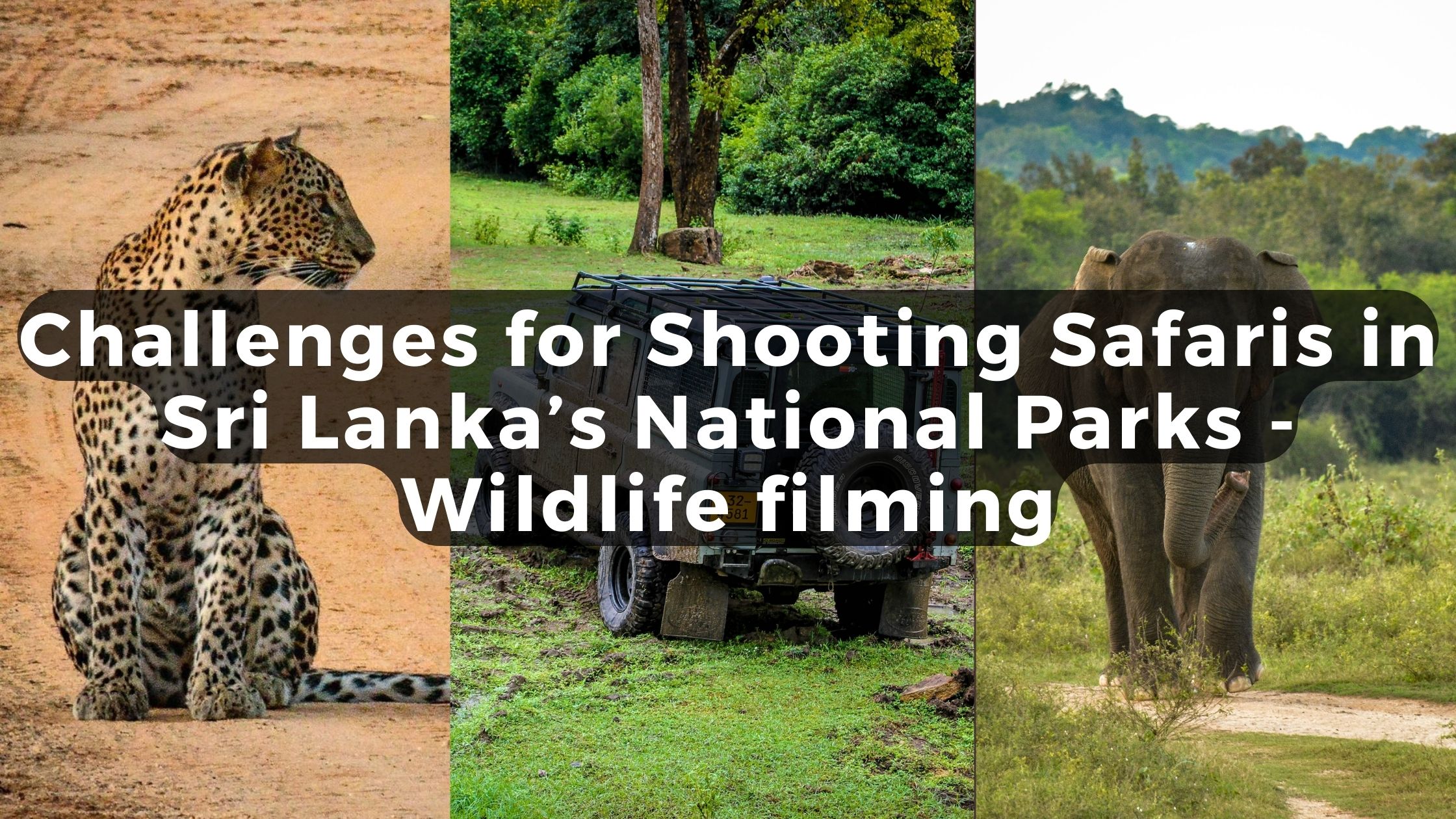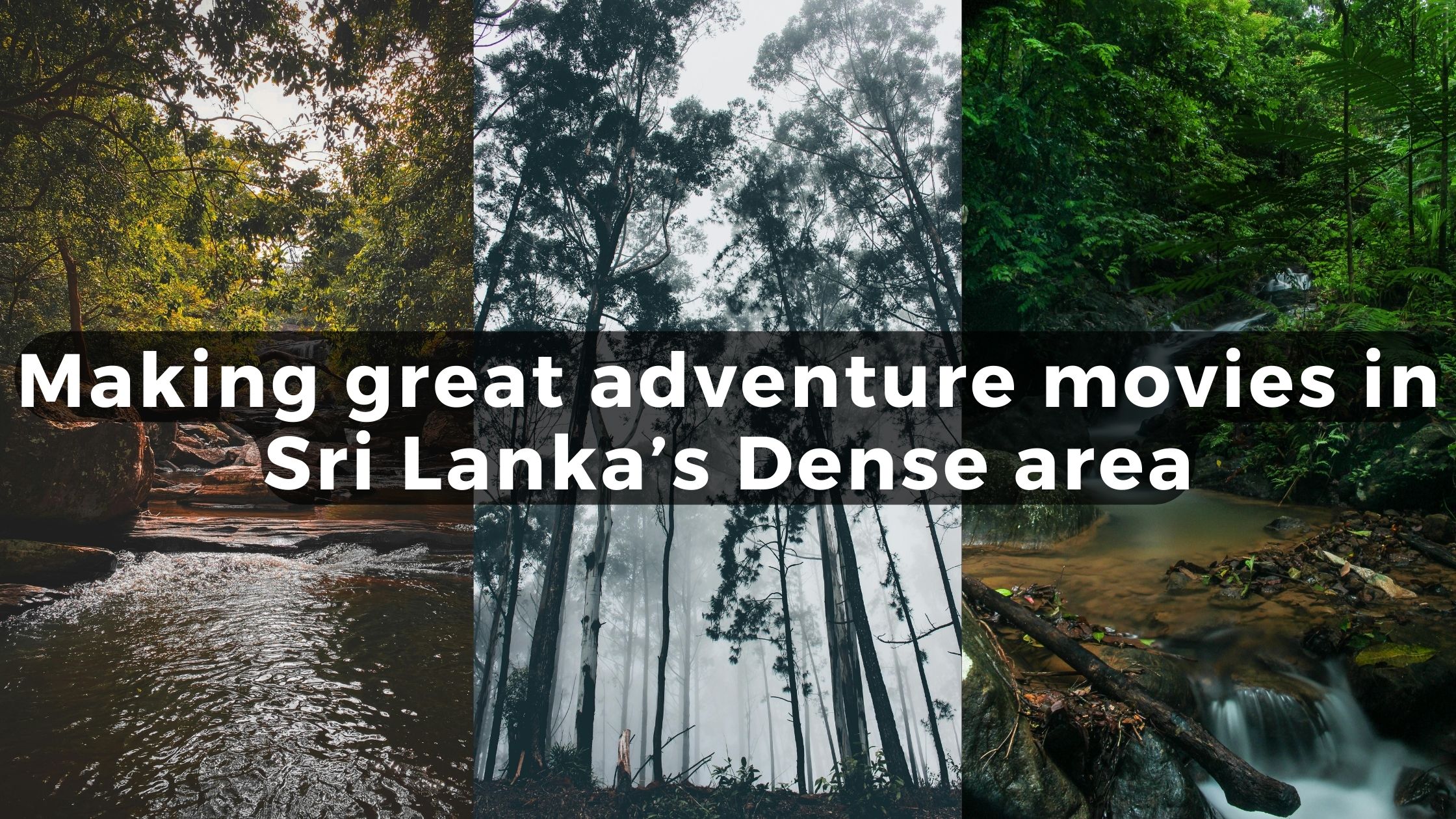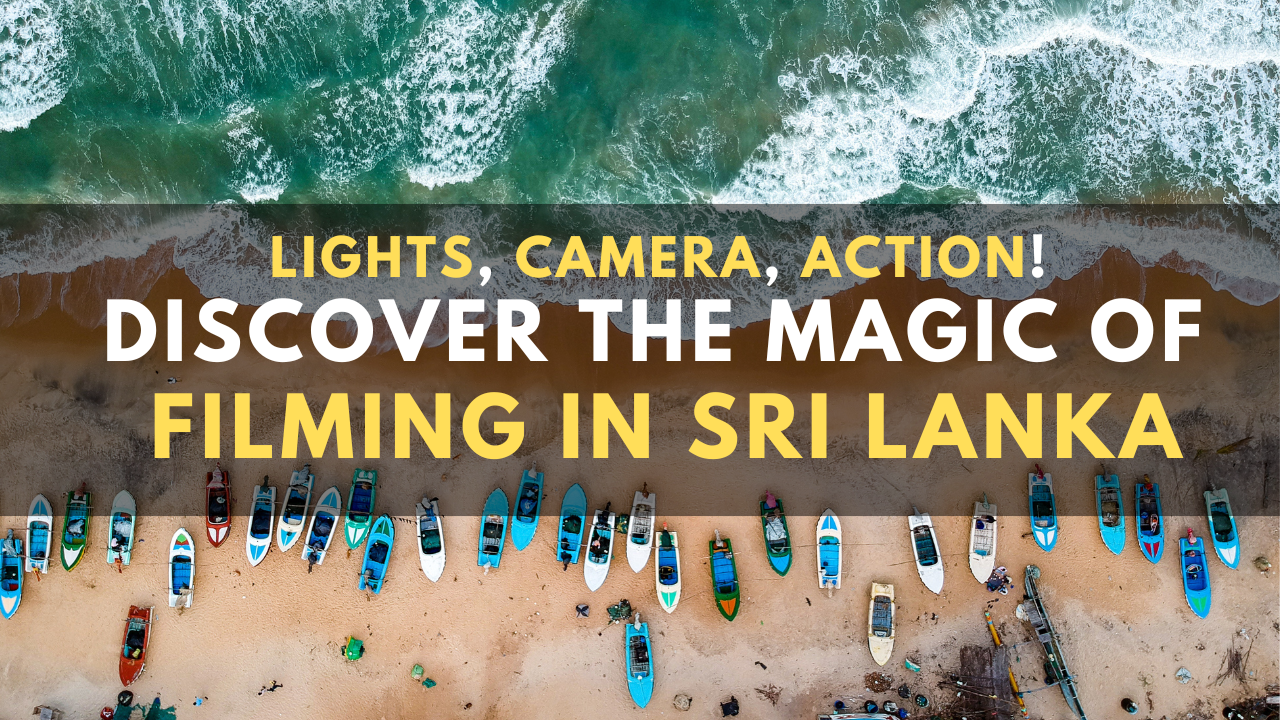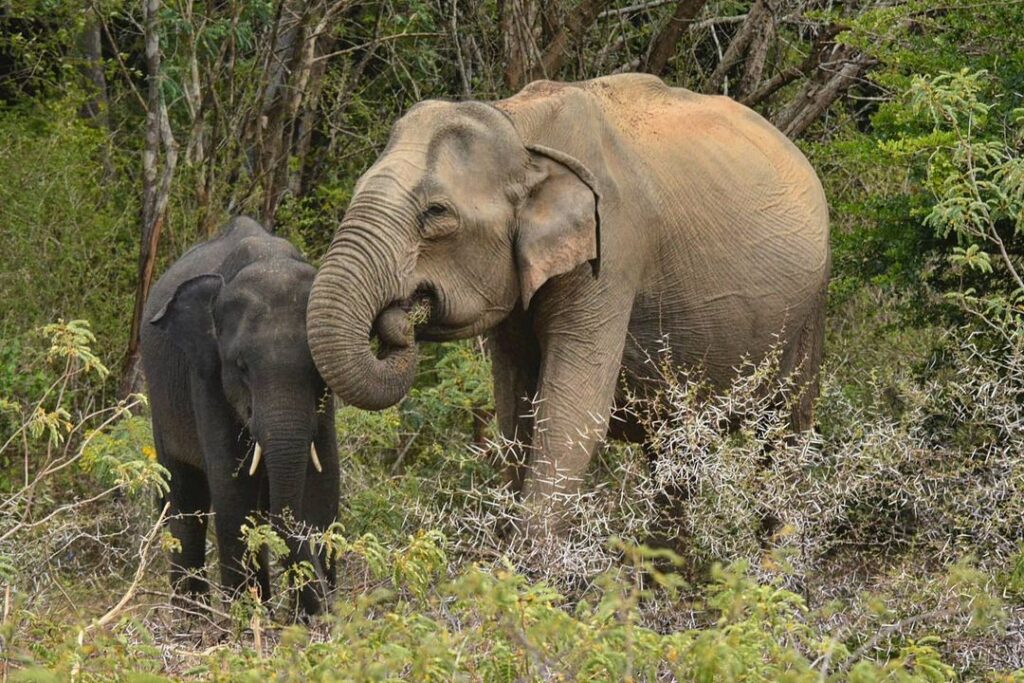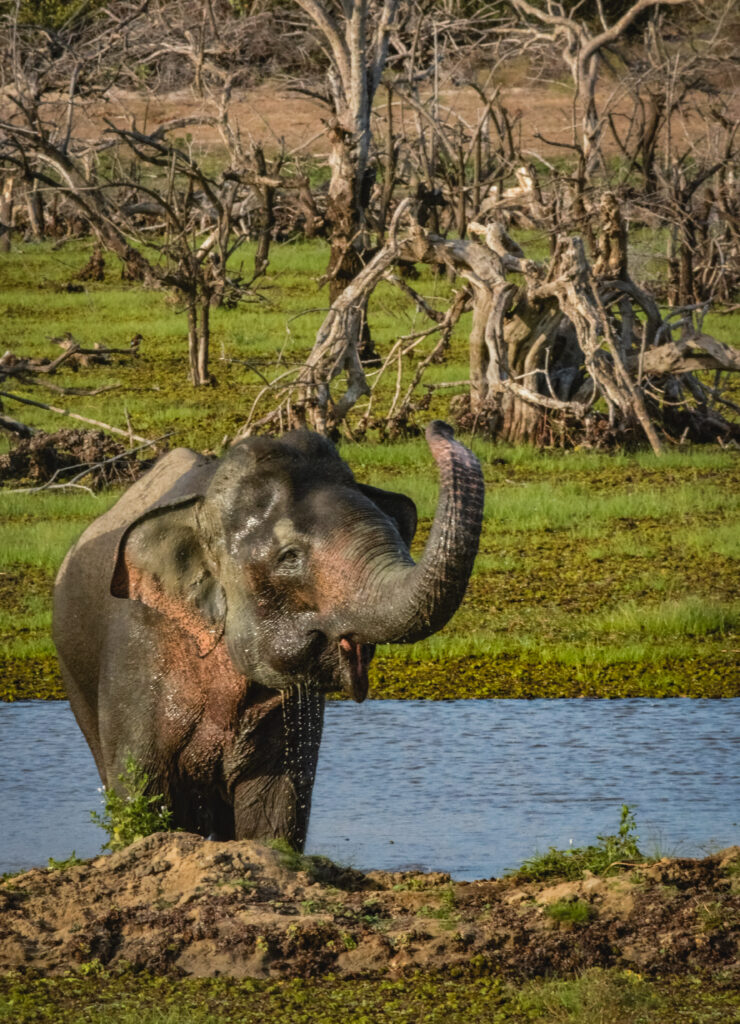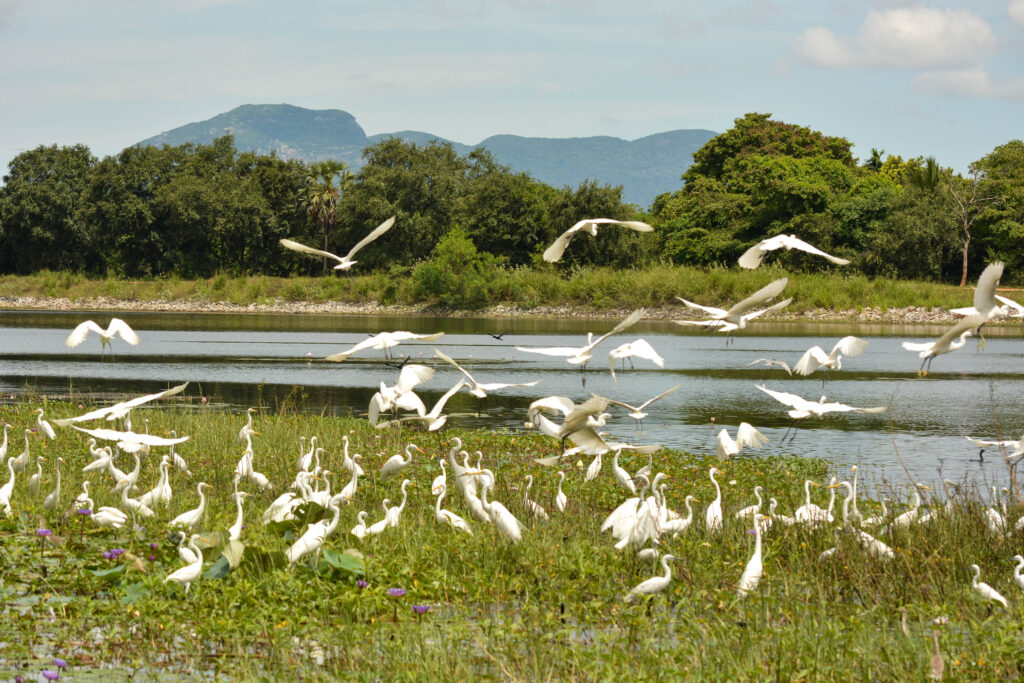Lying on this geographical feature Sri Lanka boast of a number of national parks, which […]
Category: Filming in Asia
Making great adventure movies in Sri Lanka’s Dense area
Concealed in the Indian ocean, on a island called Sri Lanka adventure filmmakers reside and […]
Sri Lanka’s Influence in Bollywood Films
Sri Lanka is a country with a very long culture, attractive sceneries, and historical affiliations […]
Sri Lanka’s Ancient Ruins- Ideal Locations for Historical Movies
Sri Lanka, rich in history has inspired legends, artists, and filmmakers with its stunning ancient […]
A FILM HUB IN ASIA WAITING TO HAPPEN: DISCOVERING EPIC ASIA FILMING LOCATIONS
Few places exemplify tropical East Asia filming locations better than Thailand or Vietnam but there […]
From Tea Plantations to Pristine Beaches: Unveiling Sri Lanka’s Filming Gems
“From Tea Plantations to Pristine Beaches: Unveiling Sri Lanka’s Filming Gems” is a captivating documentary […]
Lights, Camera, Action! Discover the Magic of Filming in Sri Lanka
Welcome to “Lights, Camera, Action! Discover the Magic of Filming in Sri Lanka.” In this […]
Filming in Sri Lanka: Where Culture Meets Cinema – A Filmmaker’s Haven
Sri Lanka, with its vibrant culture and diverse landscapes, provides a filmmaker’s haven that ignites […]
A Cinematic Paradise Exploring the Top Beach Locations for Filming in Asia
Beach locations have always been a favorite choice for filmmakers seeking to capture stirring decor […]
How to Get the Best Film Service in Sri Lanka?
Are you a producer or filmmaker looking for the best film services in Sri Lanka? […]

